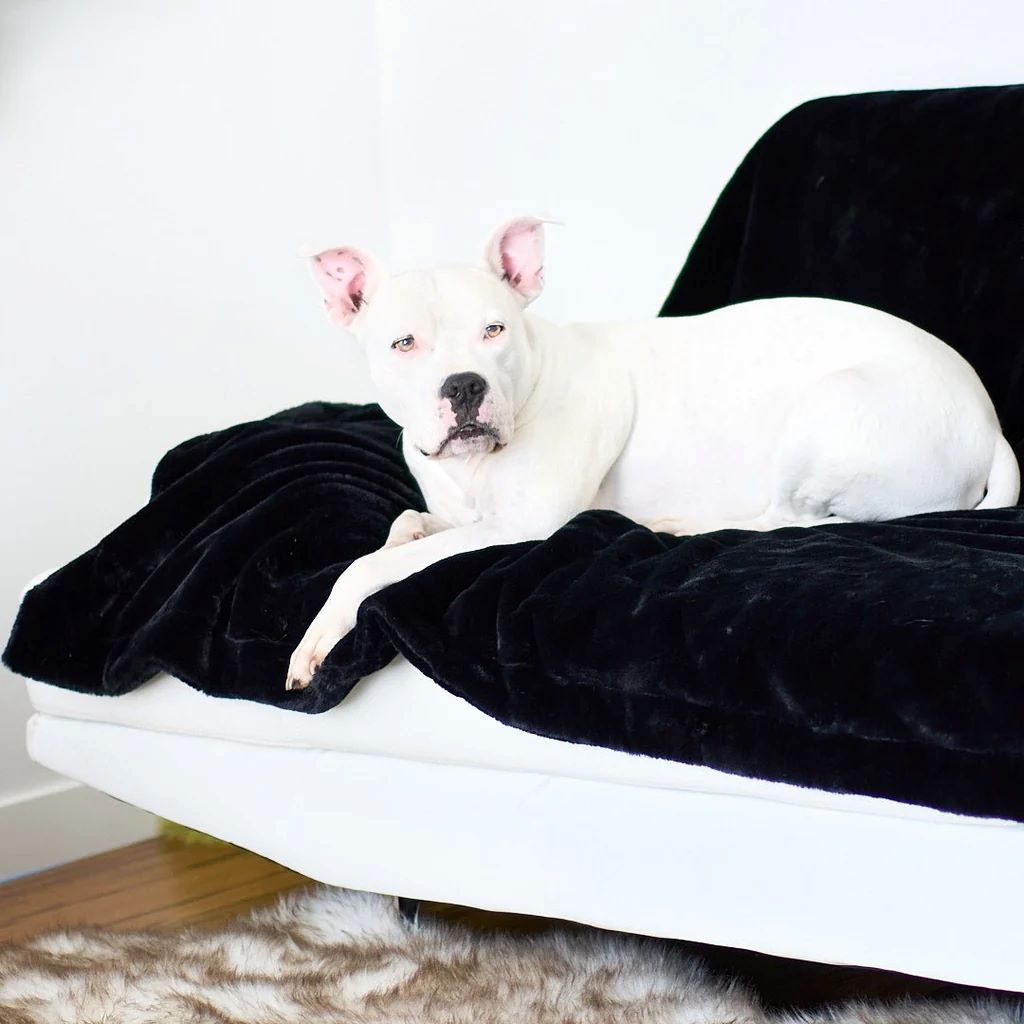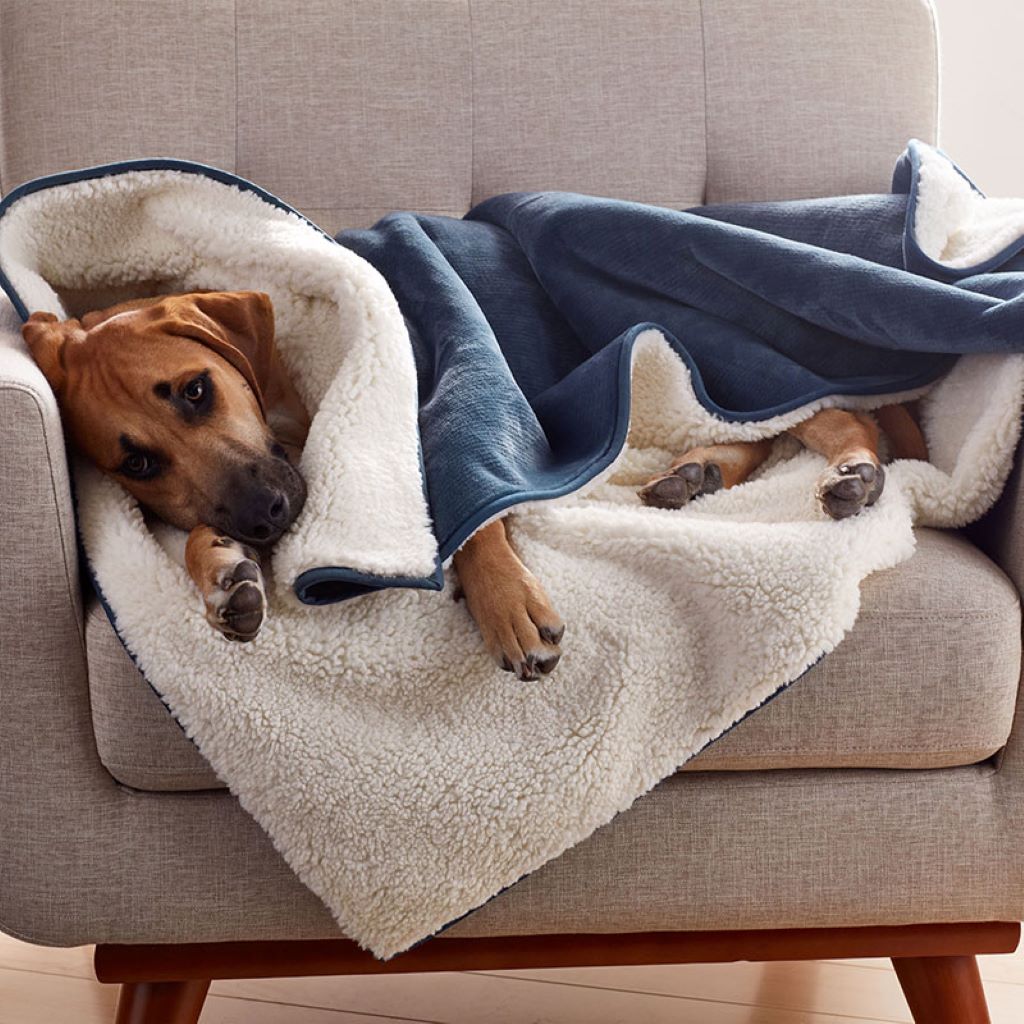If you’ve ever come home to find your dog peeing on his blanket, you’re not alone. This is a common problem that can be caused by a variety of factors, including medical conditions, behavioral issues, and environmental changes.
In this blog post, we’ll discuss the most common reasons why dogs pee on their blankets, as well as some tips on how to stop this behavior.
Medical Conditions
There are a number of medical conditions that can cause dogs to urinate inappropriately, including:
- Urinary tract infections (UTIs)
- Kidney disease
- Diabetes
- Cushing’s disease
- Prostate problems
- Neurological disorders
If you suspect that your dog’s urination problem is caused by a medical condition, it’s important to take him to the vet for a diagnosis and treatment plan.
Behavioral Issues
In addition to medical conditions, there are a number of behavioral issues that can also lead to dogs peeing on their blankets. These include:
- Marking behavior. Dogs are territorial animals, and they may mark their territory by urinating on objects in their environment. This is more common in male dogs, and it’s often seen in dogs that are not spayed or neutered.
- Anxiety. Dogs that are anxious may urinate inappropriately as a way to relieve their stress. This is more common in dogs that have been through a traumatic experience, such as a move or the death of a pet.
- Depression. Dogs that are depressed may also urinate inappropriately as a way to cope with their emotional distress. This is more common in older dogs, and it’s often seen in dogs that have been neglected or abused.
Environmental Changes
Finally, environmental changes can also trigger dogs to start peeing on their blankets. These changes can include:
- A new baby. The arrival of a new baby can be stressful for dogs, and it may lead them to start urinating inappropriately.
- A new pet. The introduction of a new pet into the home can also be stressful for dogs, and it may lead them to start urinating inappropriately.
- A change in routine. Any major change in a dog’s routine, such as a change in feeding schedule or a new job for their owner, can also trigger them to start urinating inappropriately.
How to Stop Your Dog from Peeing on His Blanket
If you’re concerned about your dog’s urination problem, there are a number of things you can do to try to stop it. These include:
- Take your dog to the vet. If you suspect that your dog’s urination problem is caused by a medical condition, it’s important to take him to the vet for a diagnosis and treatment plan.
- Clean the area thoroughly. If your dog has already peed on his blanket, it’s important to clean the area thoroughly with an enzymatic cleaner. This will help to remove any lingering odors that may be triggering your dog to continue urinating in the same spot.
- Increase the frequency of walks. If your dog is not getting enough exercise, he may be more likely to urinate inappropriately indoors. Try to increase the frequency of walks, or take your dog to a dog park for some playtime.
- Provide a comfortable bed. Make sure that your dog has a comfortable bed that he feels safe and secure in. Avoid using blankets or other materials that your dog may be able to pee through.
- Create a consistent routine. Try to create a consistent routine for your dog, including feeding times, walks, and bedtime. This will help to reduce stress and anxiety, which can be triggers for inappropriate urination.
- Supervise your dog. If you can, try to supervise your dog at all times when he is indoors. This will help to prevent him from having the opportunity to pee on his blanket.
- Praise your dog when he uses the bathroom outside. When your dog does use the bathroom outside, be sure to praise him and give him a treat. This will help him to learn that using the bathroom outside is the desired behavior.
If you’ve tried all of the above and your dog is still peeing on his blanket, you may want to consider working with a professional dog trainer or behaviorist. They can help you to identify the underlying cause of your dog’s behavior and develop a plan to address it.





